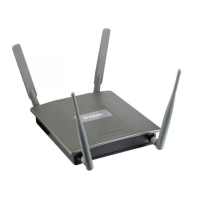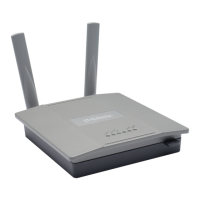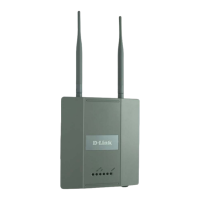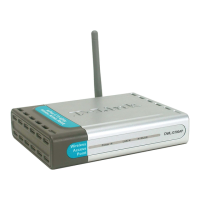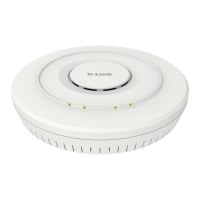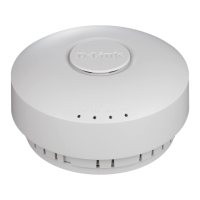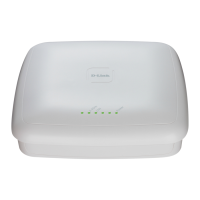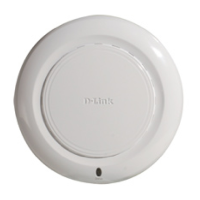Configuring Class of Service
D-Link Unified Wired and Wireless Access System
Oct. 2015 Page 335
D-Link UWS User Manual
To display the page, click LAN > QoS> Class of Service802.1p Priority Mapping in the navigation tree.
Figure 218: 802.1p Priority Mapping
• If you make any changes to the page, click Submit to apply the new values to the system.
Trust Mode Configuration
Use the Trust Mode Configuration page to set the class of service trust mode of an interface. Each port in the
switch can be configured to trust one of the packet fields (802.1p or IP DSCP), or to not trust any packet’s
priority designation (untrusted mode). If the port is set to a trusted mode, it uses a mapping table appropriate
for the trusted field being used. This mapping table indicates the CoS queue to which the packet should be
forwarded on the appropriate egress port(s). Of course, the trusted field must exist in the packet for the
mapping table to be of any use, so there are default actions performed when this is not the case. These actions
involve directing the packet to a specific CoS level configured for the ingress port as a whole, based on the
existing port default priority as mapped to a traffic class by the current 802.1p mapping table.
Table 199: 802.1p Priority Mapping
Field Description
Interface Selects the interface to which the class of service configuration is applied.
802.1p Priority Displays the 802.1p priority to be mapped. Priority goes from low (0) to high
(7). For example, traffic with a priority of 0 is for most data traffic and is sent
using “best effort.” Traffic with a higher priority, such as 6, might be time-
sensitive traffic, such as voice or video.
Traffic Class The traffic class is the hardware queue for a port. Higher traffic class values
indicate a higher queue position. Before traffic in a lower queue is sent, it
must wait for traffic in higher queues to be sent. To change the default
priority-to-queue mapping, select a new traffic class value from the drop-
down menu.
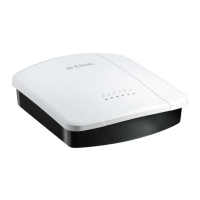
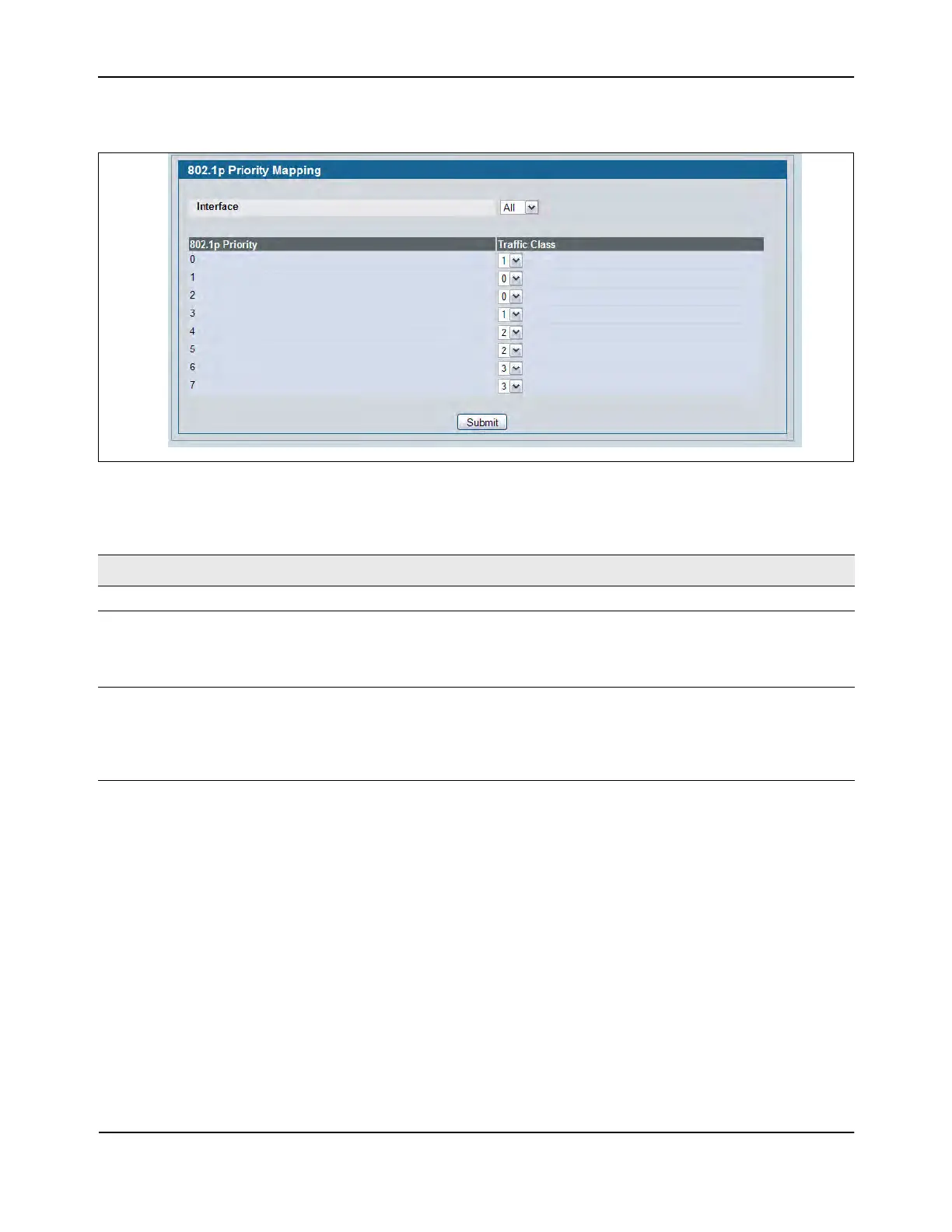